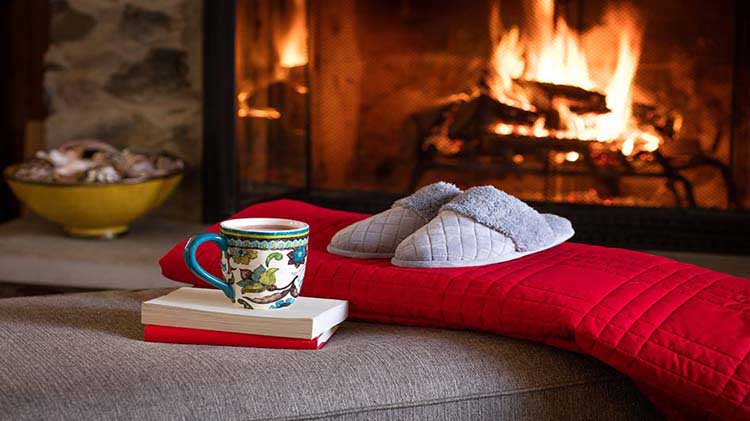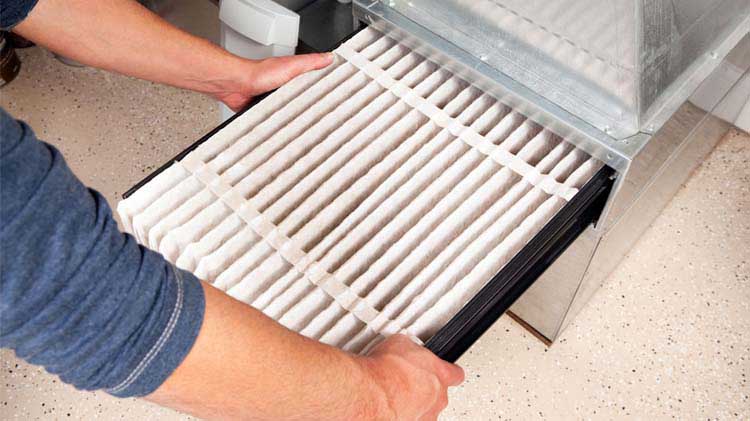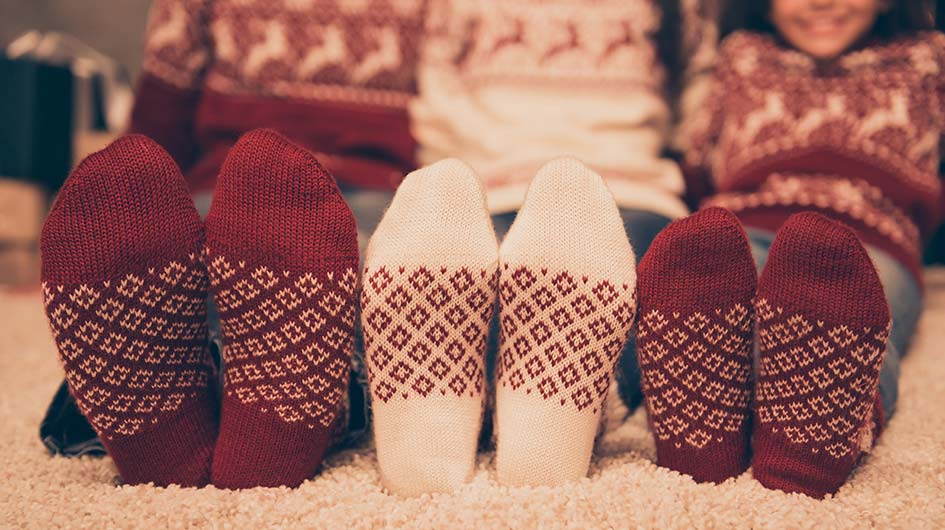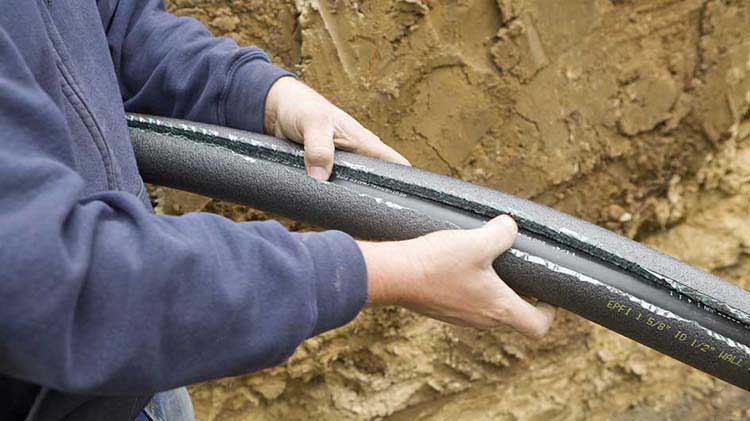Furnace tips for extreme cold
During unusually cold days your furnace can work harder than usual. Read more about furnace tips in extreme cold weather.
When freezing temperatures hit, your furnace can be the hardest-working appliance in your home. Whether your home is new or old, extreme cold weather will test the limits of your heating system.
In older houses, maintaining warmth can be a real challenge, and it is common for temperatures to drop even when your furnace is working nonstop. Newer homes, on the other hand, usually have better insulation, but their furnaces may struggle too. These extra pressures mean it's helpful to know how to keep your house warm and how to prepare for a winter storm or deep freeze.
Tips to help prepare your furnace for winter
Since your heating system or furnace will probably be running constantly throughout the winter, here are some furnace tips for extreme cold:
- Maintain your furnace for efficiency.
- Schedule regular furnace inspections and maintenance.
- Routinely replace the furnace filter to help maximize airflow and keep your air clean.
- Check for leaks to help prevent carbon monoxide from entering your home.
- Change the battery and set the programmable thermostat.
Even if your home’s temperature is dropping, this isn’t necessarily cause for alarm. Your furnace is doing all it can. Make sure that your heating system continues to operate.
Remember, if the temperature drops in your home, the furnace may not be able to recover until temperatures rise and the wind-chill diminishes. Put your thermostat on hold 70 degrees Fahrenheit or higher so the furnace does not strain to catch up.
How to keep your house warm in the winter
Preparing your home for freezing weather or a winter storm isn’t just about cranking up the heat. Simple steps could make a big difference in keeping your house warm and your furnace running efficiently.
Below are some tips outlining how to prepare for a winter storm and help keep your home more comfortable during extremely cold temperatures:
- Set your thermostat 2 to 4 degrees above your normal setting before cold weather starts.
- Take all programmable thermostats out of setback mode and set on a permanent HOLD around 70 degrees Fahrenheit.
- Keep garage doors closed.
- Limit opening exterior doors and windows.
- Close your window drapes and blinds.
- Make sure air vents and radiators are not blocked or obstructed.
- Keep furnace vents leading outside near ground level clear of snow or ice.
- If you have an indoor fireplace (without glass doors), avoid using it during extreme cold because the chimney lets valuable heat escape outdoors.
- Run ceiling fans on low and in reverse to push warm air down from the ceiling.
- Consider dressing in warm layers and use extra blankets.
Minimizing temperature loss during freezing temperatures
When winter turns harsh, it is important to stay safe and warm. To help minimize temperature loss, you can boil water, make soup or cook stews. This releases warm, moist air into your home. Do not use your oven or a grill to heat your home.
Space heaters are another great way to add additional warmth to larger rooms such as a living room or family room. Follow the manufacturer's instructions and warning labels when utilizing. You should only use space heaters as a supplemental heat source. Never use a space heater to cook, dry clothes, warm bedding or thaw pipes resulting from the extreme cold.
What is the ideal room temperature in winter?
Many people wonder about the ideal room temperature in winter. Many people keep their living spaces between 68 and 72 degrees Fahrenheit, as it is both comfortable and energy efficient. If you want to save energy while you sleep or are away, lowering the thermostat a few degrees can make sense.
However, it’s smart to never lower your thermostat below 65 degrees to help prevent pipes from freezing and keep everyone safe and healthy. For the elderly, young children, or anyone with health concerns, warmer indoor temperatures may be needed to avoid complications due to cold exposure.
Help preventing furnace problems while away from home
If you're going out of town or are a "snowbird" during the winter months, don’t turn your furnace off. Instead, set your thermostat between 65 and 70 degree Fahrenheit. This helps ensure your house stays warm enough that you don't have to worry about frozen pipes.
Also, have a neighbor check your home daily, until you return. During extremely cold weather, your furnace can become strained and malfunction. Your neighbor can watch for signs of furnace distress and warn you of the rising issue.
For more ways to help maintain your home, check out home maintenance tips from State Farm®.
You can get a homeowners insurance quote now, or give us a few details and a State Farm® agent will reach out to you.
The information in this article was obtained from various sources not associated with State Farm® (including State Farm Mutual Automobile Insurance Company and its subsidiaries and affiliates). While we believe it to be reliable and accurate, we do not warrant the accuracy or reliability of the information. State Farm is not responsible for, and does not endorse or approve, either implicitly or explicitly, the content of any third party sites that might be hyperlinked from this page. The information is not intended to replace manuals, instructions or information provided by a manufacturer or the advice of a qualified professional, or to affect coverage under any applicable insurance policy. These suggestions are not a complete list of every loss control measure. State Farm makes no guarantees of results from use of this information.
This article was drafted with the help of AI and reviewed by State Farm editors.




